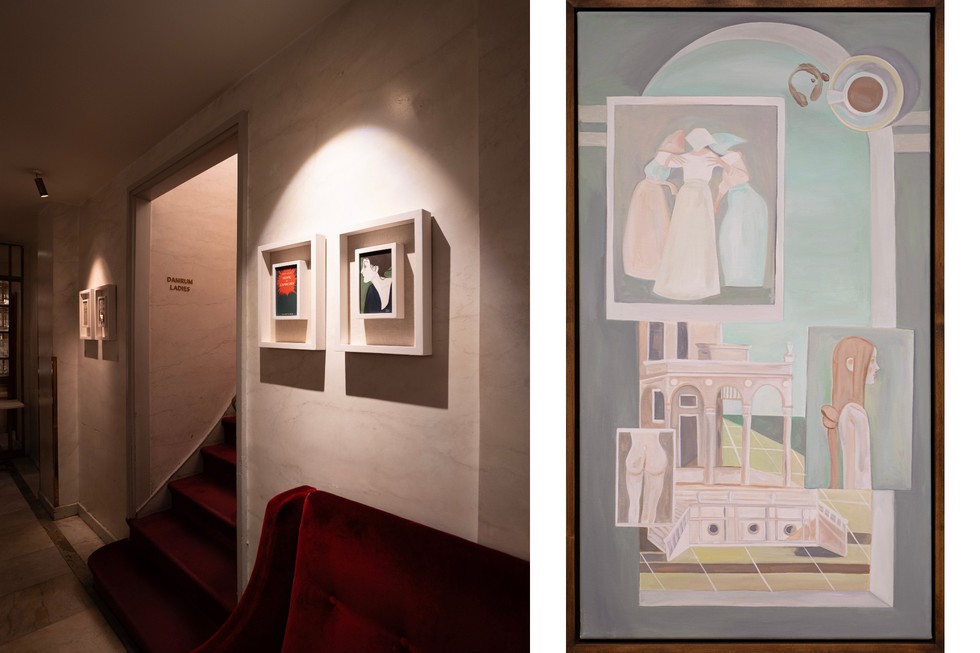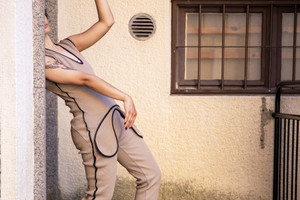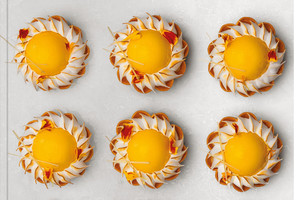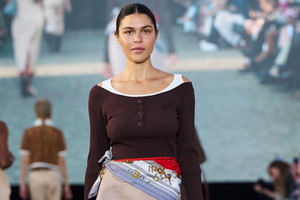Liselotte Watkins: “Art is a way of understanding and translating how I see the world.”
Written by Natalia Muntean by Emelie BodénOriginally from Sweden and now based in Rome, Liselotte Watkins is known for her expressive linework and bold use of colour. She is an interdisciplinary artist working across various media including paper, ceramics, and textiles. Watkins' work has a narrative quality influenced by her training as an illustrator. She gained international attention for her illustrations commissioned by the New York Times and has collaborated with notable names such as Miuccia Prada, Vogue, Marimekko, La Repubblica, and the Bitossi ceramics workshop in Italy. Inspired by vintage aesthetics and antique objects, Watkins creates art that celebrates womanhood.
What is the story behind your exhibition during Stockholm Art Week?
I first exhibited at Teatergrillen about 15 years ago during Stockholm Art Week. There's something in the walls there; you can feel that they have witnessed many good conversations and meetings. One thing I appreciate about my home country, Italy, is that it doesn't rush to renovate away that feeling, which Sweden can sometimes be quick to do. At Teatergrillen, the stories remain, and I think this suits my paintings.
What inspired you to become an artist, and how has your artistic journey developed?
Art has always been with me. After working as an illustrator for many years, my artistic vision evolved in new and unexpected ways. The imagery I create continues to expand, leading to the development of new series inspired by small details. I believe this process is similar to what writers experience when a secondary character unexpectedly demands attention.
What does your creative process look like and how do you view developing new ideas and concepts for your work?
I work from 08:00 to 17:00. For me, work breeds ideas. They don't just develop, they come from continuous work.
What role do you think art plays in society and how do you see your work contributing to or challenging societal norms?
It is not the role of art to be constructive. Art is a way of understanding and translating how I see the world.
Are there any particular themes or subjects that consistently appear in your work, and if so, what draws you to them?
The tables are a reflection of how things find their context. These are things lying around the house or that I have found on trips. These are items that may interest us or have become part of our lives for various reasons. Collectively, they form a fabric that represents who we are.
Can you share a favourite place in Stockholm where you go to find inspiration or recharge creatively?
It would be great if I could recharge creatively, or have a specific place for inspiration. In my case, general rest is required between work and everyday life. In Stockholm, I look for things that were there when I lived in the city, like the Teatergrill.
Can you share a story about a specific neighbourhood in Stockholm that has personal significance for you as an artist?
I used to live and work in Södermalm when I was in Stockholm. Every day, I would take walks in Vitabergsparken with my dogs. I love that place. In the winter, it's full of kids sledging, and in the spring and summer, kids drinking and enjoying themselves. There are also little houses with gardens, making it a magical place.
Is there a Swedish artist that you find inspiring?
Marie-Louise Ekman.
What is your favourite bar or restaurant in Stockholm?
Teatergrill.

















